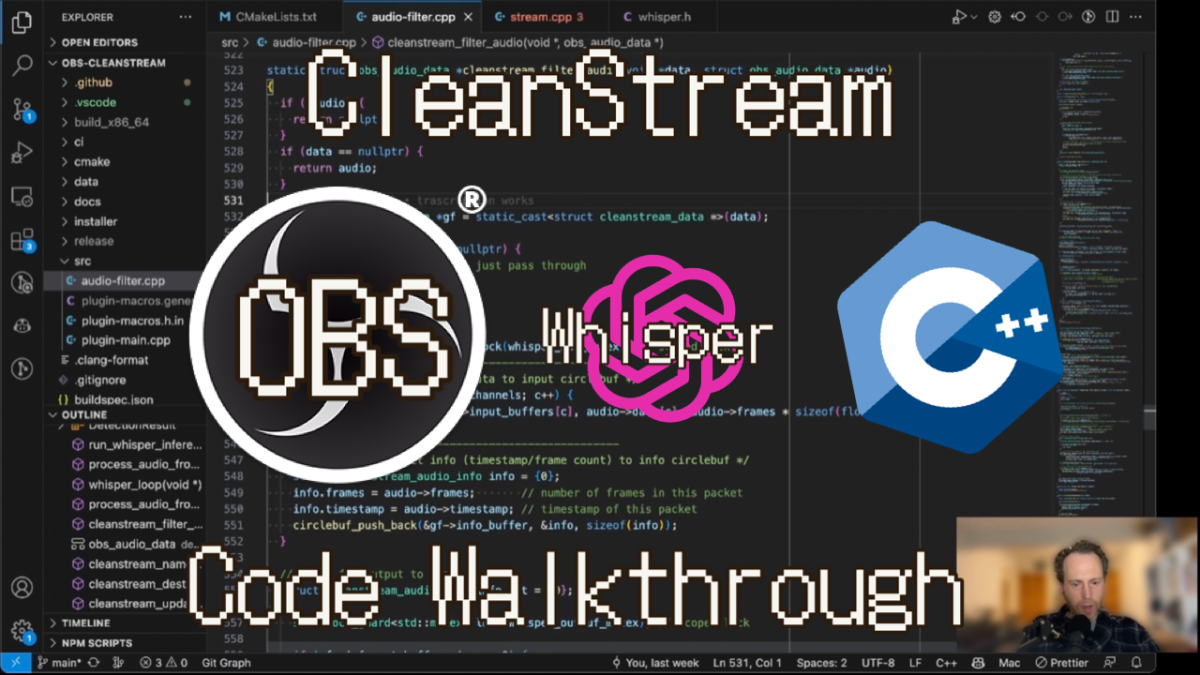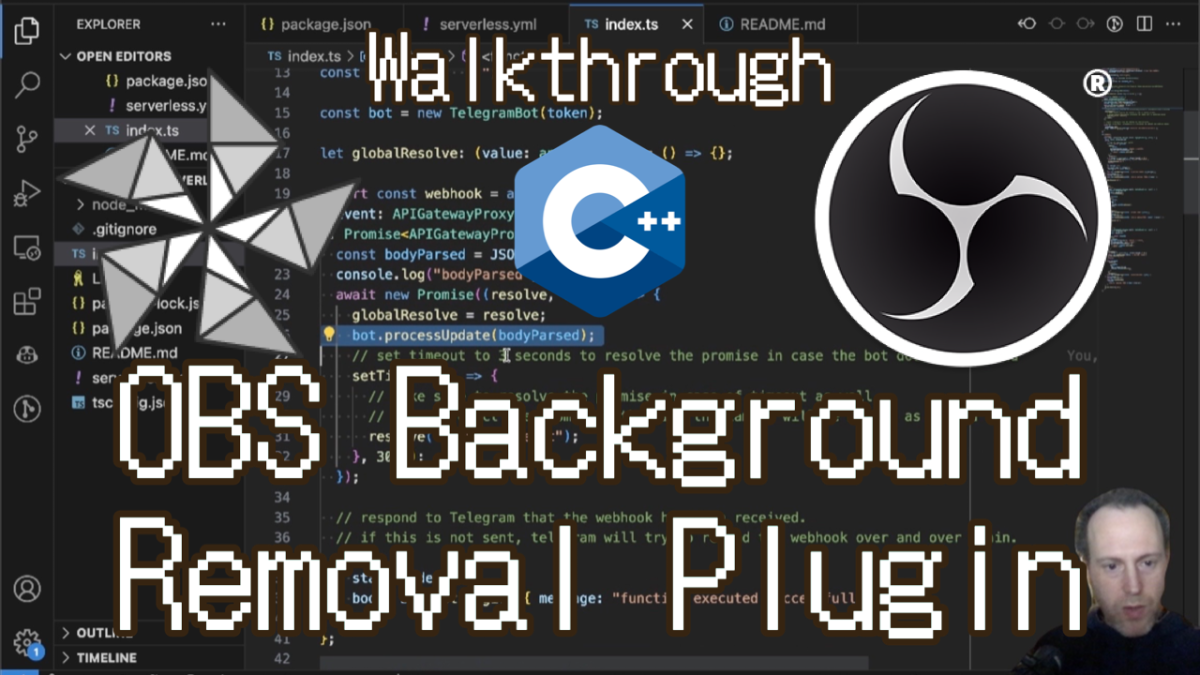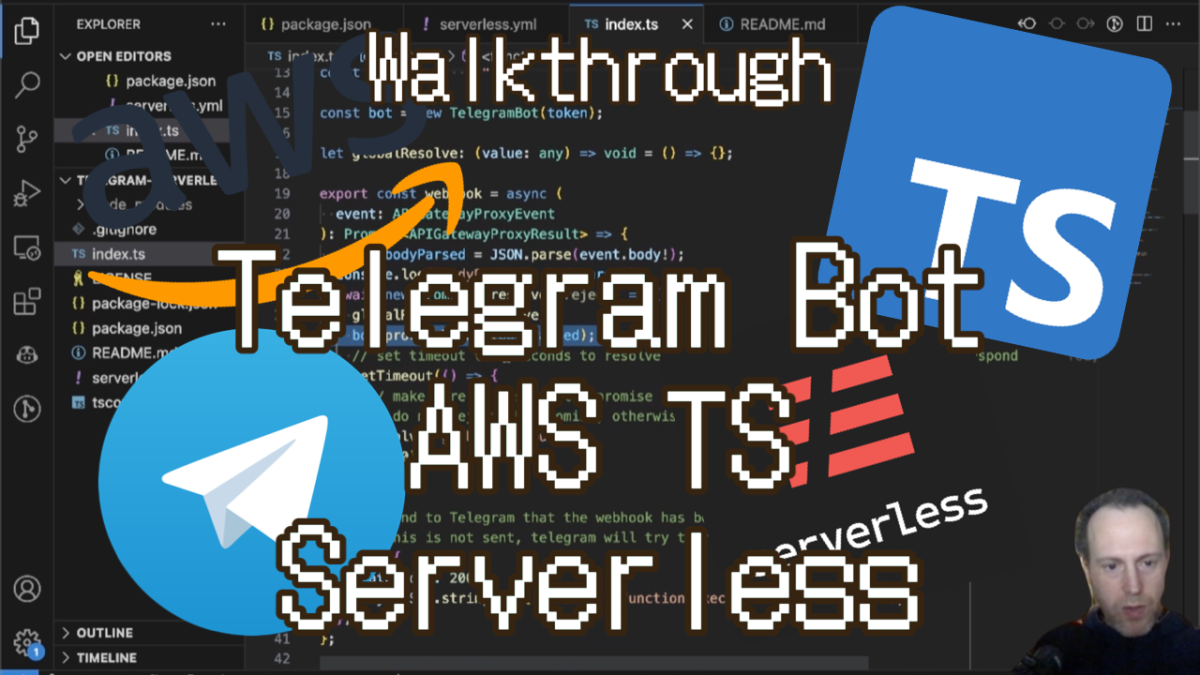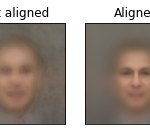If you’re a fan of OBS (Open Broadcaster Software), you may already be familiar with its vast library of plugins that enhance its functionality and provide added features. One such plugin that I recently developed is the URL API source plugin. This plugin allows you to fetch information from a URL and display it in your OBS stream. In this blog post, we will take a closer look at the source code for this plugin and understand how it works.
Category: code

CleanStream OBS Plugin is a powerful tool that helps clean live audio streams from unwanted words, filler words, and profanities. Created in C++, this plugin can improve the quality of live streams while saving time and effort in post-processing. In this blog post, we will take a detailed walk-through of the code for my CleanStream OBS plugin, explaining how it is built and its core functionalities.

In this blog post, we will take a closer look at the development of the OBS Background Removal Plugin, discussing its key components, functionalities, and the process behind building it. The plugin was created to address the need for virtual green screen and background removal capabilities in OBS (Open Broadcaster Software), a popular live streaming and recording software. With over 500,000 downloads and ongoing contributions from various developers, the OBS Background Removal Plugin has gained significant traction in the streaming community. Whether you’re interested in understanding how this plugin works or considering building a similar plugin yourself, this walkthrough will provide valuable insights.

Sharing a bit of experience building a telegram bot with Serverless, AWS Lambda and TypeScript.
In this tutorial, we will explore how to build a simple Telegram bot using serverless with TypeScript and AWS Lambda. We’ll leverage the power of AWS services such as API Gateway and DynamoDB to create a highly scalable and efficient bot. While there are various tutorials available online, this guide aims to provide a more comprehensive and detailed approach. So, let’s dive in!
Got an hour-long video and not really into manually creating subtitles? not plans to put it on YouTube for their automated transcription services? then – try Google Cloud Speech-to-Text! In this post I’ll share some scripts for automating the process and creating an .str file to go along your video for displaying the subtitles.
Reporting on a project I worked on for the last few weeks – porting the excellent Gesture Recognition Toolkit (GRT) to Python.
Right now it’s still a pull request: https://github.com/nickgillian/grt/pull/151.
Not exactly porting, rather I’ve simply added Python bindings to GRT that allow you to access the GRT C++ APIs from Python.
Did it using the wonderful SWIG project. Such a wondrous tool, SWIG is. Magical.
Here are the deets

This is my first trial at using Jupyter notebook to write a post, hope it makes sense.
I’ve recently taught a class on generative models: http://hi.cs.stonybrook.edu/teaching/cdt450
In class we’ve manipulated face images with neural networks.
One important thing I found that helped is to align the images so the facial features overlap.
It helps the nets learn the variance in faces better, rather than waste their “representation power” on the shift between faces.
The following is some code to align face images using the excellent Dlib (python bindings) http://dlib.net. First I’m just using a standard face detector, and then using the facial fatures extractor I’m using that information for a complete alignment of the face.
After the alignment – I’m just having fun with the aligned dataset 🙂
I’ve recently made a tutorial on using Docker for machine learning purposes, and I thought also to publish it in here: http://hi.cs.stonybrook.edu/teaching/docker4ml
It includes videos, slides and code, with hands-on demonstrations in class.
A GitHub repo holds the code: https://github.com/royshil/Docker4MLTutorial
I made several scripts to make it easy to upload python code that performs an ML inference (“prediction”) operation on AWS Lambda.
Enjoy!
Roy.
Last time I’ve posted about cross compiling TF for the TK1. That however was a canned sample example from TF, based on the bazel build system.
Let’s say we want to make our own TF C++ app and just link vs. TF for inference on the TK1.
Now that’s a huge mess.
First we need to cross-compile TF with everything built in.
Then we need protobuf cross-compiled for the TK1.
Bundle everything together, cross(-compile) our fingers and pray.
The prayer doesn’t help. But let’s see what does…
First let me open by saying projector-camera calibration is NOT EASY. But it’s technically not complicated too.
It is however, an amalgamation of optimizations that accrue and accumulate error with each step, so that the end product is not far from a random guess.
So 3D reconstructions I was able to get from my calibrated pro-cam were just a distorted mess of points.
Nevertheless, here come the deets.